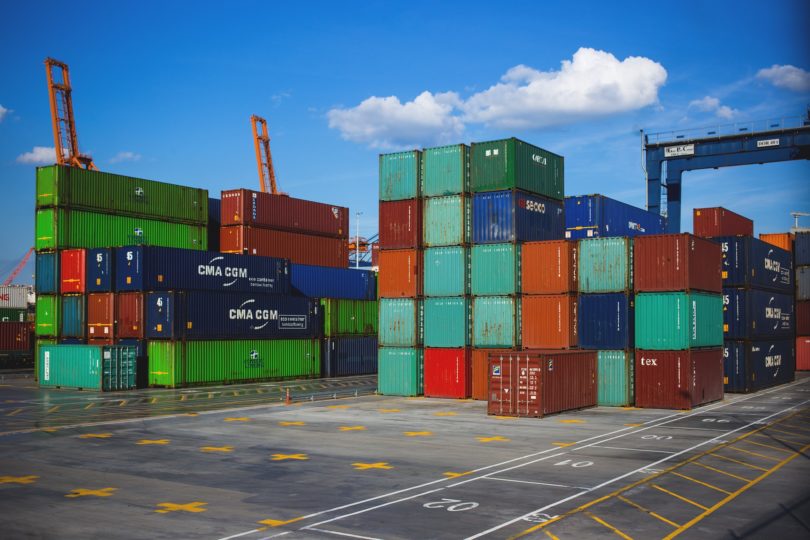E-commerce industries have a huge global market, and business owners are taking advantage of this by expanding internationally. Many companies have already jumped into this fast-expanding sector, but some business owners are still on the fence, simply because they are afraid of not understanding the complex rules and regulations that govern shipping overseas.
For a small E-commerce business, shipping overseas could be the marketing strategy that changes the entire outcome of your business. However, international shipping entails a number of challenges that you may not be familiar with. Many merchants are hesitant to enter the overseas market because of cultural differences, policy processes, and logistics. This article provides crucial details that will give you a better understanding of shipping overseas.
Locate Reliable Vendors
Shipping internationally may involve dealing with local vendors, and this can be a difficult process. These suppliers may have a different style of business that will not necessarily cater to your needs, and there is the potential of communication difficulties due to language barriers.
Spend a considerable amount of time researching and evaluating potential suppliers before making a decision.
Follow Packaging Guidelines
First impressions are important. Therefore, it is necessary for you to have high-quality and sustainable packaging. An easy way to achieve that is by hiring a shipping container supplier. This way, your packing will remain intact and beautiful, and all the hard work you put in will pay off.
You will also need to double-check your packing for conformity. Each country has its own set of rules and regulations regarding how products should (and should not) be shipped within its boundaries. Follow this method to avoid problems with packaging:
- Before shipping to a country, familiarise yourself with its particular rules.
- Adhere to legislation to the letter.
- Before mailing, double-check that you have the correct shipping label.
Investigate Global Demand
Do your research before starting a marketing campaign aimed at international customers to see whether there is a demand for your products in other countries. If you have already received requests from clients across the world to export to them, you’ll know exactly which nations to target.
If overseas clients aren’t approaching your business, you will need a new well-thought-out strategy for breaking into new markets across the world. Consider looking at what’s currently available in the nations you wish to ship to and see if any similar products are already available.
Decide the Shipping Time and Cost
Cost is one of the most significant impediments to firms expanding into international markets. It is predictably more expensive than delivery inside the country. The goal is to balance the time it takes for your package to reach its recipient and the expense of the shipping service.
Keep the following things in mind:
– Is my product light enough to send by plane to overseas destinations at a reasonable cost?
– Would you rather ship with a higher price for faster delivery, or have slower delivery times shipping at a lower cost? Which one provides a competitive advantage?
– Can the product withstand the long voyage to its destination?
As the person running the business, it is completely up to you to decide which method will be best, keeping in mind you will have to fulfill the promises made to your customers within the given timeframe.
Determine which Items are Restricted, Perishable and Breakable
The Customs office is usually in charge of all the products that come into a country, and they can easily block your shipment if the products are listed under the restricted section. Before you send out your product, research what items are allowed and if your product is admissible.
If some of your items are perishable, ensure that they do not spoil during transportation. If you follow certain shipping procedures, such as refrigeration, they should survive the journey.
Another thing to note is whether your items are easily damaged. There is the possibility that during shipping, packages may be handled roughly. Take care when packing your products to ensure that they remain safe and secure in the post.
Make Sure Your Shipping Addresses Are Correct
Before you create your shipping labels, be completely sure of the addresses. Shipping companies do not want the trouble of returning packages that are not received by the recipient or shipped to an incorrect address.
To decrease returns and their associated expenses, many e-commerce platforms and retailers use international address verification services. You can almost eliminate wasteful returns on foreign shipments when you integrate with such services.
Check that You Have the Right Documents
International exports may necessitate specialised paperwork. Mostly, overseas shipments will entail a commercial invoice that details what is being shipped, its value, the place of origin, the sender’s and recipient’s names, and so on.
As these standards vary depending on what and where your e-commerce firm ships, it’s crucial to analyse them on an individual basis.
Taxes and Imports
Any item you ship must pass through customs. This is to ensure that the product is permitted entry into the country and that all taxes and fees have been properly paid.
The cost is determined by the product’s value and the destination country. Before any item can be exported to another country, it must pay a duty tax. The documentation and duty information is usually on hand for most shippers. All you have to do now is complete the paperwork and pay the applicable taxes.
Understand Shipping Jargon
Whatever foreign shipping service you choose, knowing some fundamental terms can help you have coherent conversations with couriers and everyone else connected with your package.
Furthermore, having this knowledge allows you to have greater control over the entire transportation process, avoiding unpleasant surprises for both you and your new international consumers.
- Certificate of Origin: This document validates the country from where your products originate.
- Commercial invoice: This is the customs document that dictates all the necessary details of your package used to determine the taxes for your package.
- Duties and Taxes: These are the charges that the country you are shipping to can imply on your packages.
- Harmonised traffic code: This is a specific code that is given to each of your products. This code contains all the details of your package and is needed to make the commercial invoice.
- Export Declaration: A form that serves as an export control document and offers information on the quantity, kind, and value of your commodities. It is provided during customs.
Get Insurance
No matter how safely you pack your products, accidents are bound to happen. Every once in a while, you may encounter angry customers who received damaged packages, or no package at all. To avoid this, make sure you have product insurance. It will act as a financial safety net, shielding you from any trouble related to damaged goods.
Feeling Confident to Step into International Waters?
Expanding your business into overseas markets may be scary, but if done successfully, it will bring new customers and growth to your business. Just because your product isn’t yet known in the global market, doesn’t mean it won’t deliver.
Consider the above advice, and go for it!
“The opinions expressed by BizWitty Contributors are their own, not those of BizCover and should not be relied upon in place of appropriate professional advice. Please read our full disclaimer."







